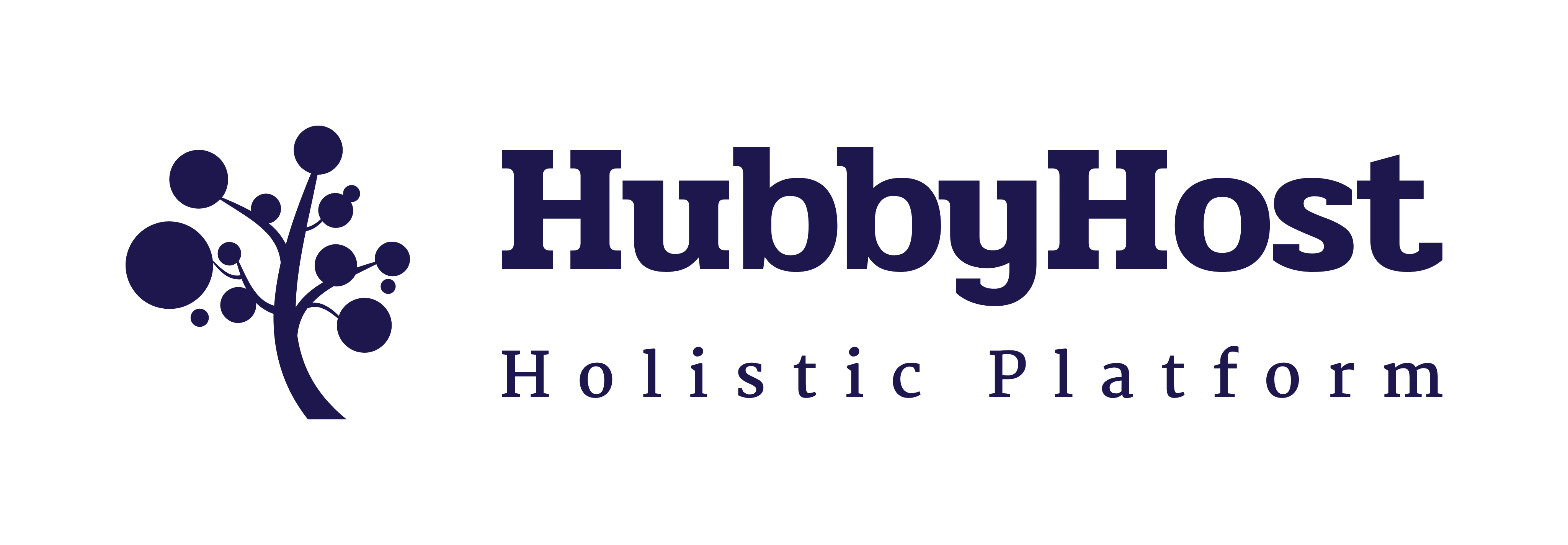Home » Accessibility statement
Service and Policy Agreements
- Web Hosting Terms of Service
- Web Hosting Acceptable Use Policy
- Virtual Private Servers Terms of Service
- Virtual Private Servers Acceptable Use Policy
- Dedicated Servers Terms of Service
- Dedicated Servers Acceptable Use Policy
- Order Verification Policy
- Reseller Terms of Service
- Service Level Guarantees
- Service Level Agreement (SLA)
General Agreements
Accessibility statement
Compliance status
We believe that the Internet should be available and accessible to everyone, and our desire is to provide a website that is accessible to the widest audience, regardless of circumstances and ability. In order to realize this, we strive to adhere as strictly as possible to the World Wide Web Consortium (W3C) AA level content accessibility guidelines. These guidelines explain how to make Internet content accessible to people with a wide range of disabilities. Compliance with these guidelines helps us ensure that the site is accessible to all people: blind people, people with motor disabilities, visual impairment, cognitive disabilities and more.
This website hubbyhost.com uses various technologies designed to make it as accessible as possible at all times. We use an accessibility interface that allows people with specific disabilities to adapt the site’s user interface (user interface) and design it to their personal needs. This interface replaces the outdated approach to accessibility where all users are presented with the same mediocre design.
Additionally, the website uses an AI-based application that runs in the background and continuously optimizes its level of accessibility. This application fixes the site’s HTML issues, adapts the site’s functionality and behavior to screen readers used by the blind users and keyboard functions used by people with motor disabilities.
Screen reader and keyboard navigation on our website
Our site implements the ARIA (Accessible Rich Web Applications) feature technique, along with various behavior changes, to ensure that blind users visiting with screen readers can read, understand and enjoy your site’s functions. As soon as a user with a screen reader enters your site, they are immediately prompted to enter the screen reader profile so they can browse and operate the site efficiently. Here’s how our site covers some of the most important requirements of screen readers, along with screenshots of code examples.
Optimizing screen readers
We run a background process that studies the site’s components from top to bottom, to ensure ongoing compatibility even when the site is updated. In this process we provide screen readers with meaningful data using the ARIA feature set. For example, we provide accurate form labels; descriptions for actionable icons (social media icons, search icons, cart icons, etc.); Validation guidelines for form inputs; Roles of elements such as buttons, menus, modal dialogs (pop-ups) and others.
In addition, the background process scans all website images and provides an accurate and meaningful description based on image object recognition as an ALT (alternative text) tag for images that are not described. It will also extract text embedded in the image, using OCR (Optical Character Recognition) technology. To enable screen reader adaptations at any time, users only need to press the key combination Alt + 1. Screen reader users also receive automatic notifications to enable screen reader mode as soon as they enter the site.
These adjustments are compatible with all popular screen readers including JAWS and NVDA.
Optimizing keyboard navigation
The background process also adapts the website’s HTML and adds various behaviors using JavaScript code to make the website keyboard-friendly. This includes the ability to navigate the site using the Tab and Shit + Tab keys, launch dropdowns with the arrow keys, close them with Esc, trigger buttons and links with the Enter key, navigate between radio elements and checkboxes with the arrow keys, fill them with the spacebar or key Enter.
In addition, keyboard users will find menus for quick navigation and content skipping, available at any time by pressing Alt + 1, or as the first elements on the site while navigating with the keyboard. The background process also handles triggered jumps by moving the keyboard focus towards them as soon as they appear, not allowing focus to be focused out of it.
Users can also use shortcuts like “M” (Menus), “H” (Headings), “F” (Forms), “B” (Buttons) and “G” (Graphics) to jump to specific elements.
Accessibility profiles supported on our site
Epilepsy safe profile
Visually impaired profile
Cognitive Disability Profile
ADHD-friendly profile
Blind user profile (screen readers)
Keyboard navigation profile (motor impaired)
Accessibility profiles supported on our site
Font adjustments – users can increase and decrease its size, change its family (type), adjust the spacing, alignment, line height and more.
Color adjustments – users can choose different color contrast profiles such as light, dark, reverse and black and white. In addition, users can change color schemes of headers, texts and backgrounds, with over 7 different coloring options.
Animations – users with epilepsy can stop all the activation animations with the press of a button. The animations controlled by the interface include videos, GIFs and flashing CSS transitions.
Content highlighting – users can choose to highlight important elements such as links and titles. They can also choose to highlight focused or floating elements only.
Audio Mute – Users with hearing aids may experience headaches or other problems due to automatic audio playback. This option allows users to mute the entire site instantly.
Cognitive disorders – we use a search engine linked to Wikipedia and Wiktionary, and allows people with cognitive disorders to decipher meanings of phrases, acronyms, slang and others.
Additional functions – we provide users with the option to change the color and marker of the cursor, use print mode, enable a virtual keyboard and many other functions.
Browser compatibility and technology support
Notes, comments and feedback
Despite our best efforts to allow everyone to adapt the site to their needs, there may still be pages or sections that are not fully accessible, are in the process of being made accessible, or lack an adequate technological solution to make them accessible. And yet, we are constantly improving our accessibility, adding, updating and improving its options and features and developing and adopting new technologies. All this is designed to reach the optimal level of accessibility, following technological progress.
If you’ve found a bug, if you’re having trouble using any aspect of the site or if you have ideas for improvement, we’d love to hear from you. You can contact the website operators using the contact form.


